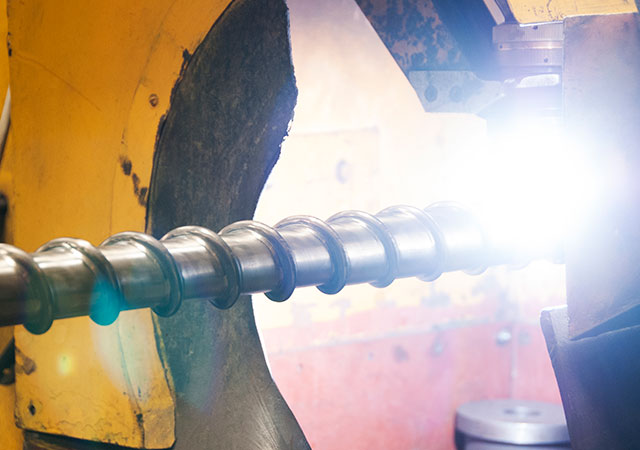Plasma welding is a modern way to create a steadfast connection between two metal structures or to attach an additional layer of metal to an object. Plasma arc goes through the water-cooled tip, therefore making the welding more precise and stabile, compared to other welding methods.
At least two separate gas flows are used for such welding. The first one – plasma gas, is ionized and becomes the plasma used for the welding itself. Another gas flow is used for protection, covering the melted material and protecting the thermally affected area from the surrounding environment. An additional gas flow may be used for some materials and applications. Usually the same type of gas is used for all flows, but in order to achieve specific results their composition might be different. The most commonly used gasses are argon mixes with hydrogen or helium.
Plasma welding can be executed in two ways. During the first – the arc connects the electrode and the water-cooled tip, and the plasma arc becomes a fire, without any electrical connection with the metal itself. It is possible to weld thins more precise with this method, but the energy is not so concentrated as in the second case. The second way consists of creating a plasma arc between the electrode and the welded part itself. Because of the high-energy concentration of this type of welding, it is possible to weld with fast arc movements or even cut/melt the metal. Arc temperature can reach an astonishing 25000°C.
Plasma welding can be used with high precision to add a strand of metal with the right pattern of movement. We weld not only shafts and their envelopments, but also screws and rotors.
We are using an industrial application adapted device Plazma Master PP-6-03, used to weld shafts of especially large proportions.
